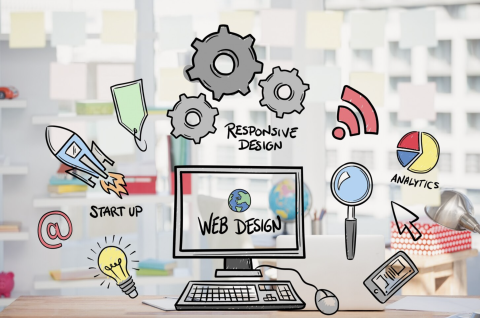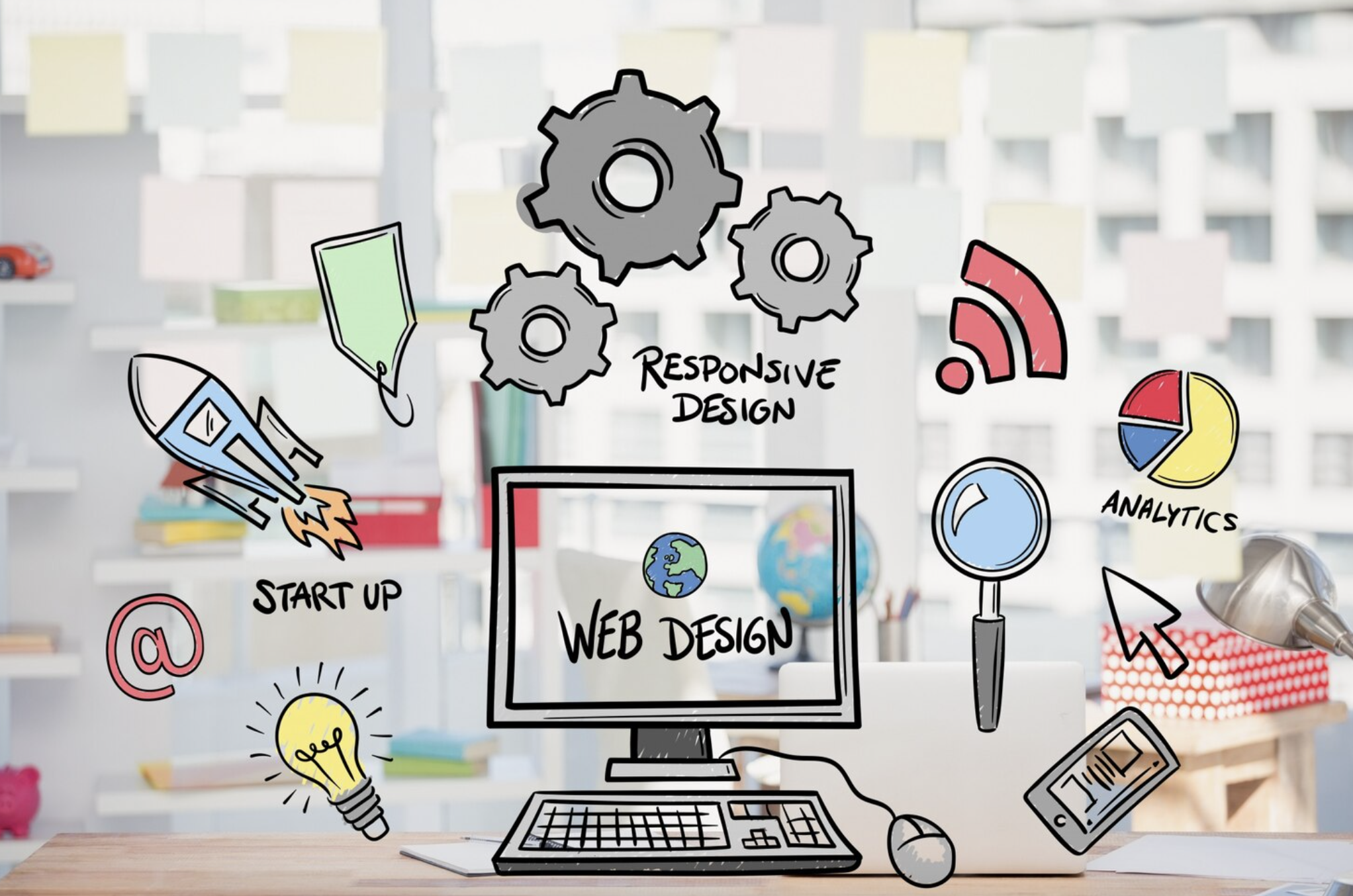
The constant evolution in digital trends and technological tools is something that cannot be overlooked. In the business world, websites have cycles; they must be in constant update regarding their content, design, and functionalities. Redesigning a site requires detailed planning and decision-making based on the current situation and the expected long-term plan. Drupal will facilitate the redesign with specific tools, without affecting the functionalities or end use of the site.

How do I know if I need to redesign my website?
- Site traffic has decreased.
- The design no longer aligns with the company’s image.
- There is a need to optimize functions.
- An improved user experience is required.
- A significant amount of time has passed since the last update.
- There are complicated sections for users.
- Results are not as expected.
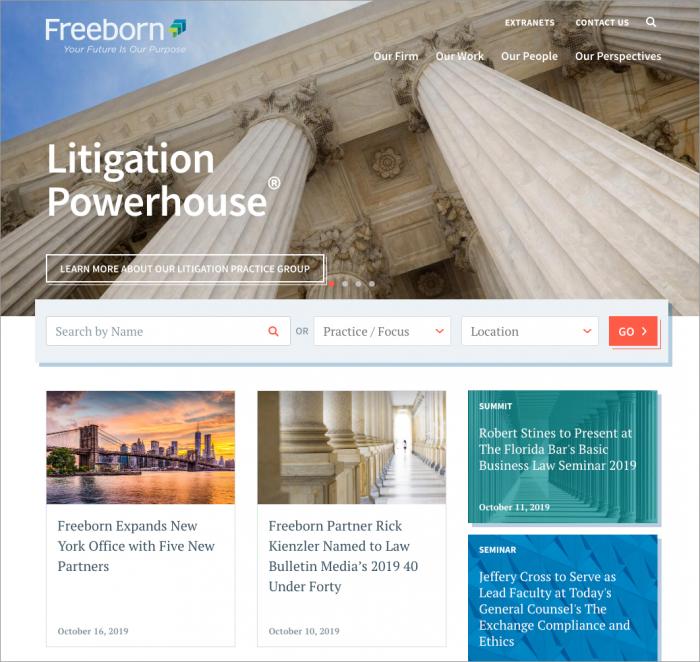
Your business may have been affected by some of these reasons, which are crucial for deciding to make a change. When redesigning a website, you need to consider certain parameters and define strategies to strengthen your brand and avoid misuse of your site.
At Rootstack, our plan as a company is to provide long-term quality solutions
With over 80 successful projects, we can say that the focus of each project must be comprehensive and detailed. Good initial planning will positively contribute to the future of your new tool. Therefore, in this blog, we present the elements to consider when redesigning your corporate website:
Set Goals
Where do we want to go? As a recommendation, we could list initial and post-redesign benefits. These objectives can be applied in both the short and long term, as they will focus on meeting the company’s requirements. The idea of making changes on the web is to effectively improve results. If you want to add new registration forms, you can set objectives with categorization of forms for multiple database purposes, contact segmentation, marketing campaigns, events, and more.
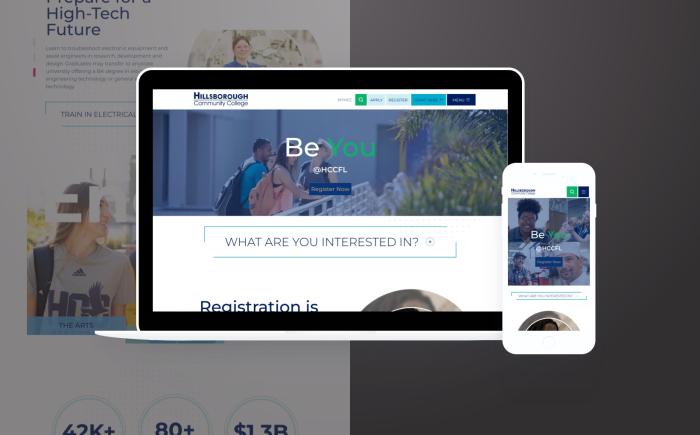
Structure
Through the new site strategy, we can define the site structure, the position of elements, and page redirection. Drupal helps make modular changes; it is not necessary to overhaul the entire site to make a single change. Each objective can be approached in phases if needed. If you want to update the homepage image, you can create the structure based on trends, clear images, clean sections with less content, a reduced menu, highlighted information, and more. This will assist in the new implementation, speed up decision-making, and enable the provider to create proposals focused on the desired structure and automate the entire change process.
Reuse
As mentioned, Drupal does not affect the initial code or the direct operation of the site. You can reuse elements from the current site, such as frequently visited sections and complex functionalities. This saves significant resources by reducing the project's final time.
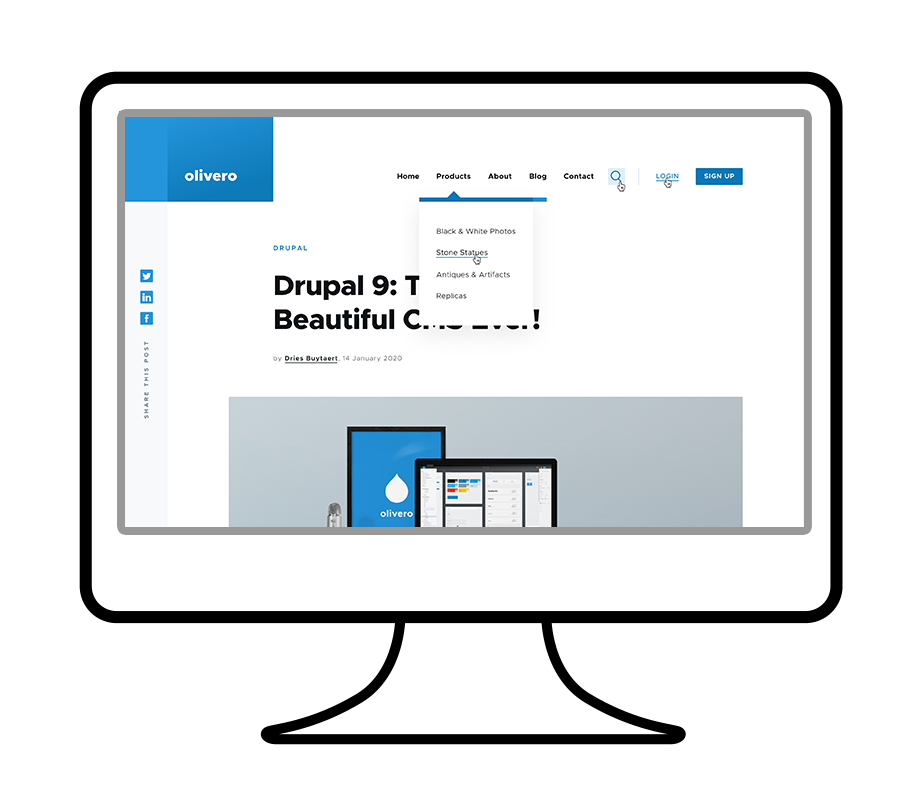
Innovation
We can adjust the innovation and momentum we give to our new site. Once implemented, the new site will be able to execute marketing strategies to promote the brand. It will be possible to engage recurring users to measure correct usage and identify issues in each section of the site, focusing on end-user improvements and their expectations.
Monitoring
Like any web tool, launching the site is not the end. We will have the ability to constantly monitor its usage. This includes detailed traffic analysis, peak interaction hours, more and less visited sections, average visit duration, and more. Monitoring traffic allows you to anticipate potential failures or information gaps and generate new marketing strategies.
We recommend you this video
